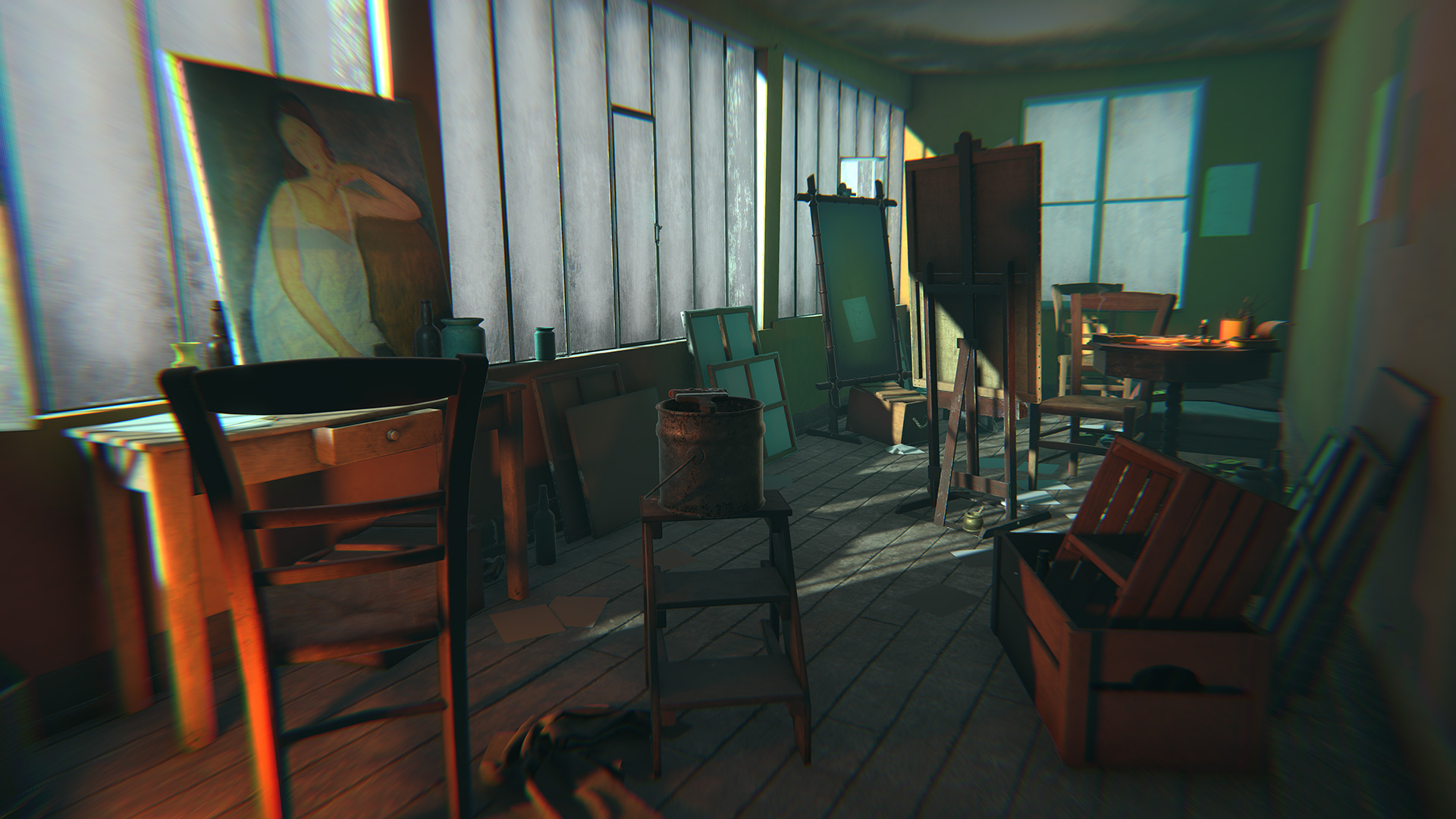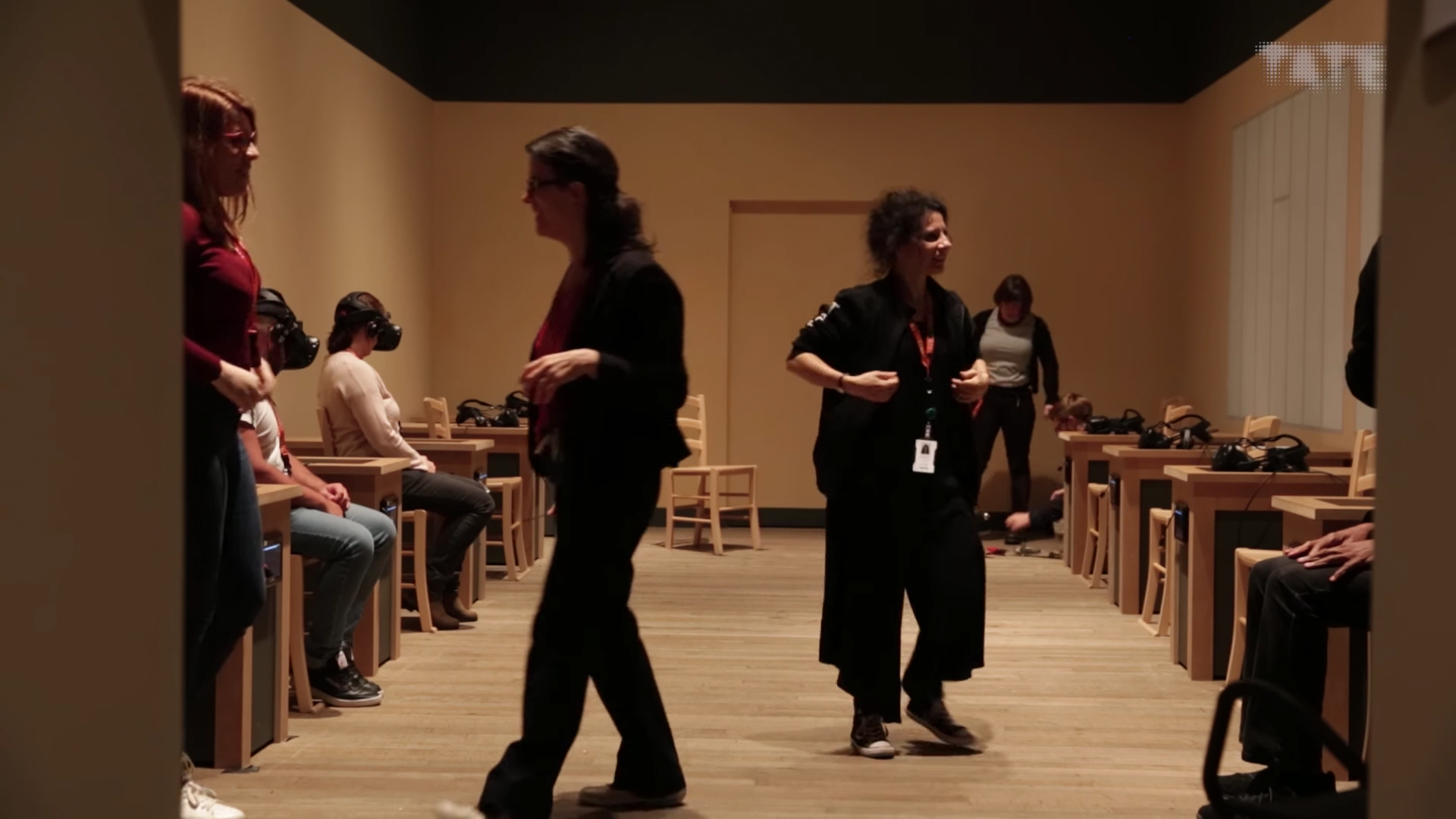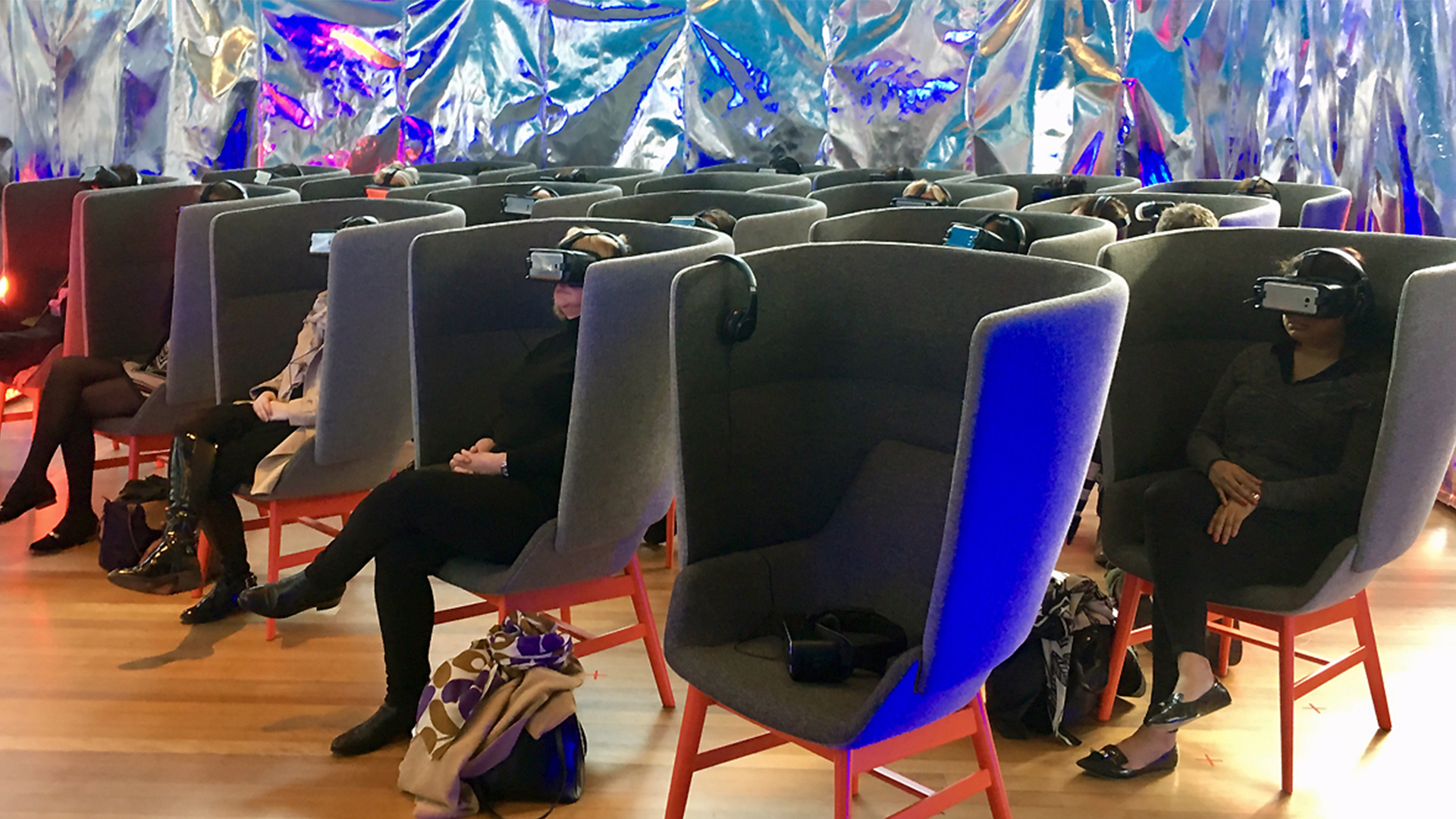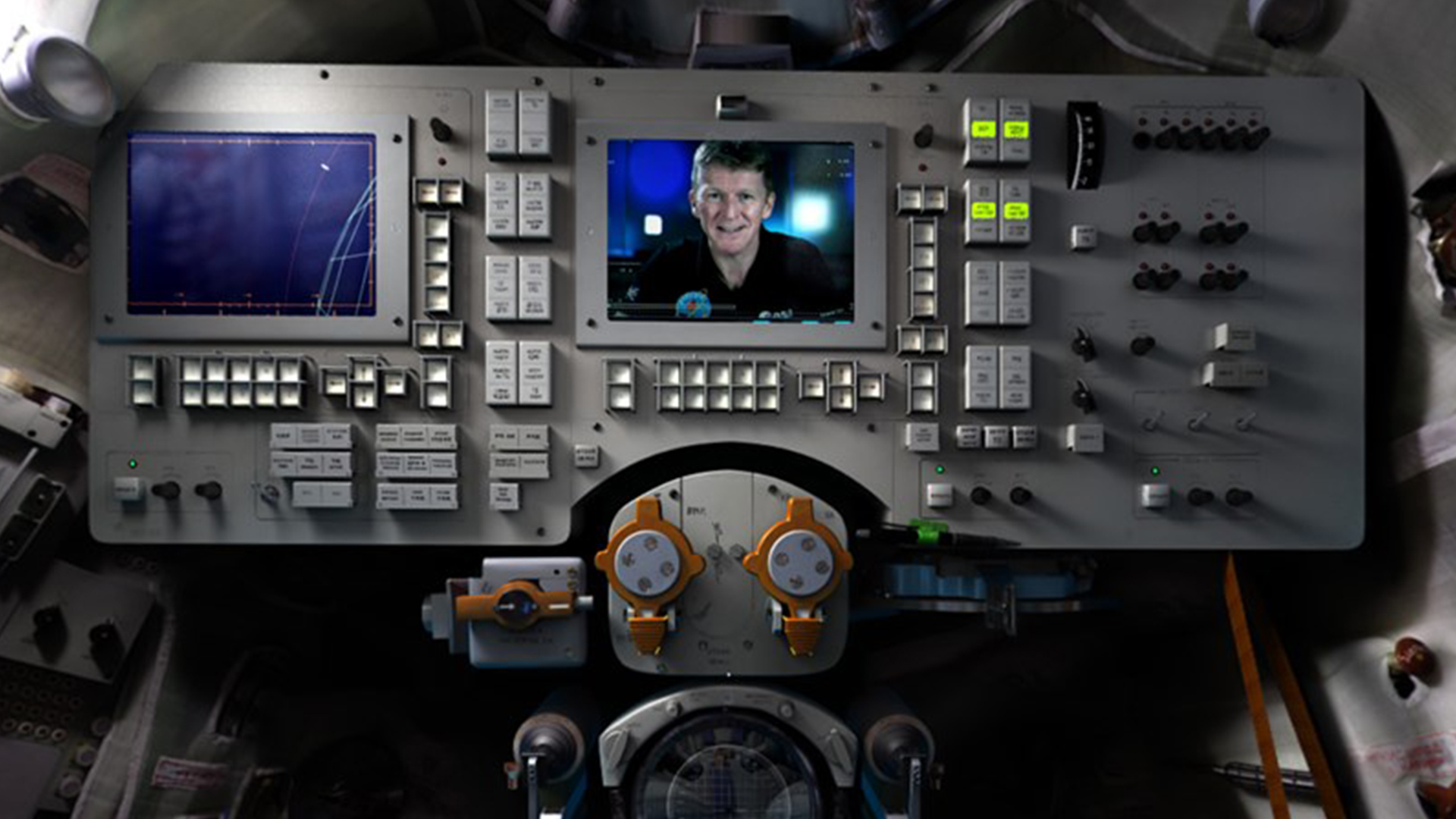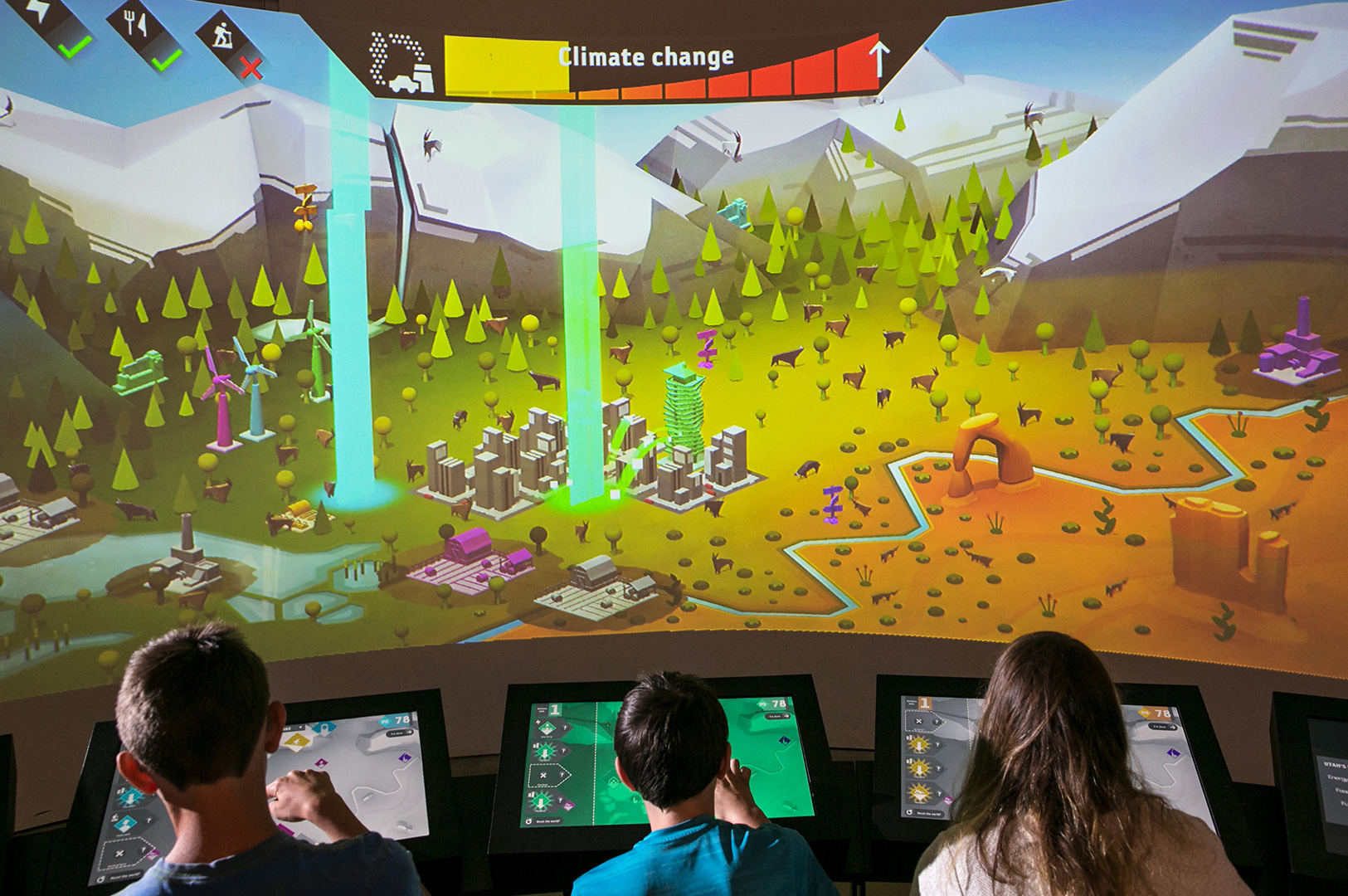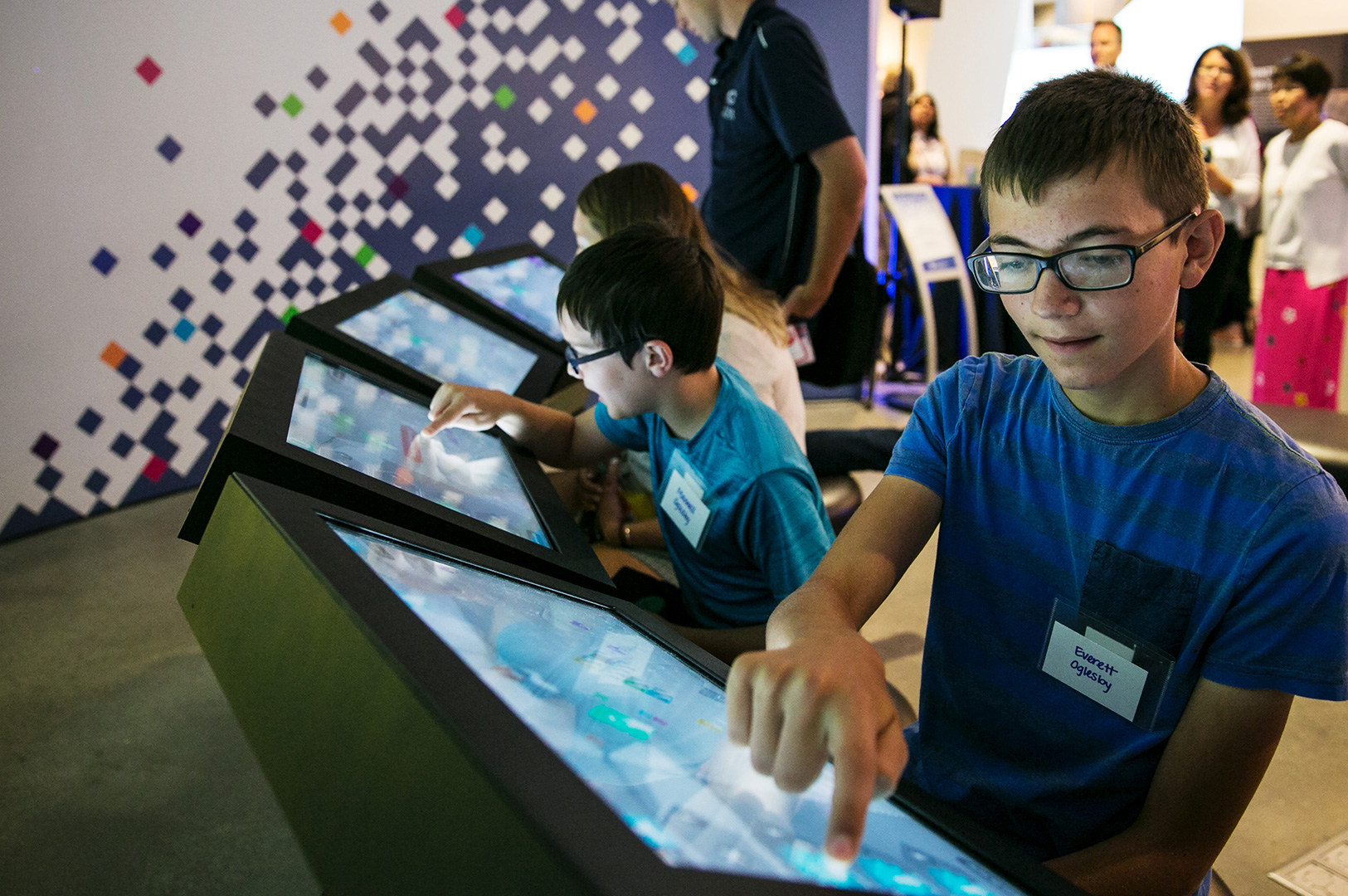Getting big projects off the ground is always a complex process, never more so than when those projects involve experimenting with cutting edge technology. One of the things we love at Preloaded is that we get to partner with clients on developing some truly groundbreaking work so we’ve built up a fair amount of experience, anticipating and managing key implementation challenges.
At the Museums and the Web 18 conference in Vancouver, I chaired a panel discussion with Hilary Knight (Head of Digital Content, Tate), Becky Menlove (Associate Director for Visitor Experience, Natural History Museum of Utah) and Dave Patten (Head of New Media, Science Museum Group) to look at three big digital implementations launched in the past year: Modigliani VR (Tate), Space Descent VR (Science Museum) and Utah Climate Challenge (NHMU).
Pulling off these projects involved taking a risks with a potential impact right the way across each organisation. So why did each organisation take the risk?
The session took the form of a discussion between the three panellists. Here are our top five insights:
